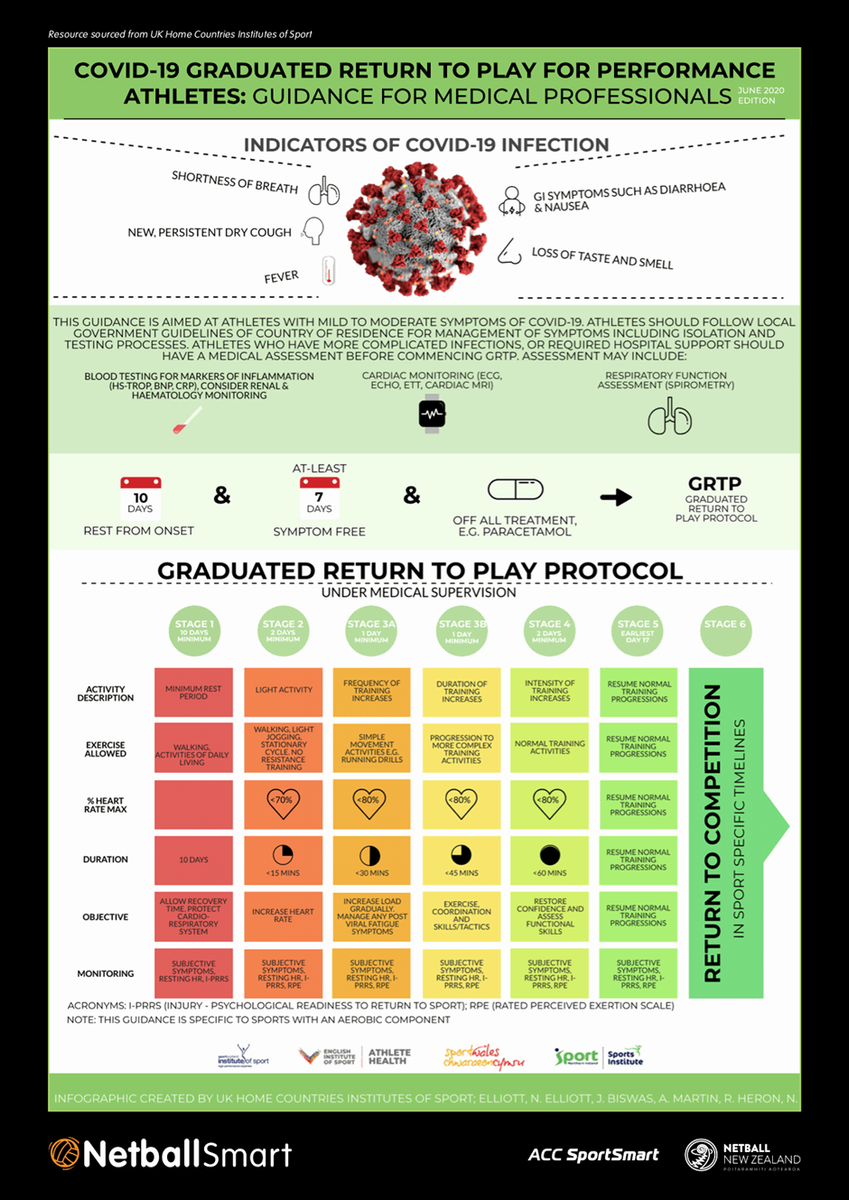Sport Development Leader
Josh White

Sport Development Leader
Josh White


First it rains, then it pours … it’s easy to be caught up in the fact we feel like we are cancelling more sport than playing this year. I have never experienced such instability in weather and effect on sport.
It can be hard to keep a positive hat on when COVID-19 and weather keep us away from sport, but it also gives us the chance to appreciate the opportunities we have in front of us and review the way ahead. We have a great spread of sporting and fitness options available throughout the year.
While the college main focus is on our core CaSSSA sports, we have many students participating in non-CaSSSA sport also - Rugby 7s, Futsal, Bootcamp, Equestrian, Beach Volleyball, to name a few.
What happens when we catch COVID-19 and how do we return to exercise? I have been looking into this and, no real studies have been made available, it seems that most reports are heading in the same direction. Below is some information I think will be helpful to those that are suffering ongoing fatigue and looking for a graduated return to sport.
What happens after you are no longer infectious and you are looking to return to sport or your regular activity?
After spending at least a week being relatively sedentary, many of us will want to jump straight back into our regular training regimes to minimise strength and fitness losses. However, this comes with associated risk. Many athletes have reported ongoing symptoms for weeks or even months after COVID-19. Complaints of shortness of breath, dizziness, rapid heart rates, chest pain, and general fatigue are all symptoms which, while often reported, are serious and should not be ignored.
COVID-19 affects many of the body’s systems including cardiac (heart), pulmonary (lunges), renal (kidneys), and gastrointestinal (digestive). Even once we are no longer infectious, these systems can take some time to recover. It is therefore important that we take a graduated approach to returning to sport to reduce the risk of longer-term complications.
The amount of time to return to sport is also going to depend on the particular sport and the demands involved. For example, returning to a walking sport such as golf may occur sooner than return to a running sport. Any sport that naturally requires a greater workload and higher demand on the cardiorespiratory system will be more difficult to return to post-infection than lower intensity activities. Therefore, it is a good idea to start with low intensity activities such as walking, yoga, or golf before recommencing higher intensity activities such as running or swimming.
Athletes with excessive fatigue have been shown to have a 70% lower chance of returning to sport within 40 days when compared to athletes without excessive fatigue following COVID-19. If you are experiencing excessive fatigue, it is worth considering that it may take you longer than you were anticipating to return to sport.

